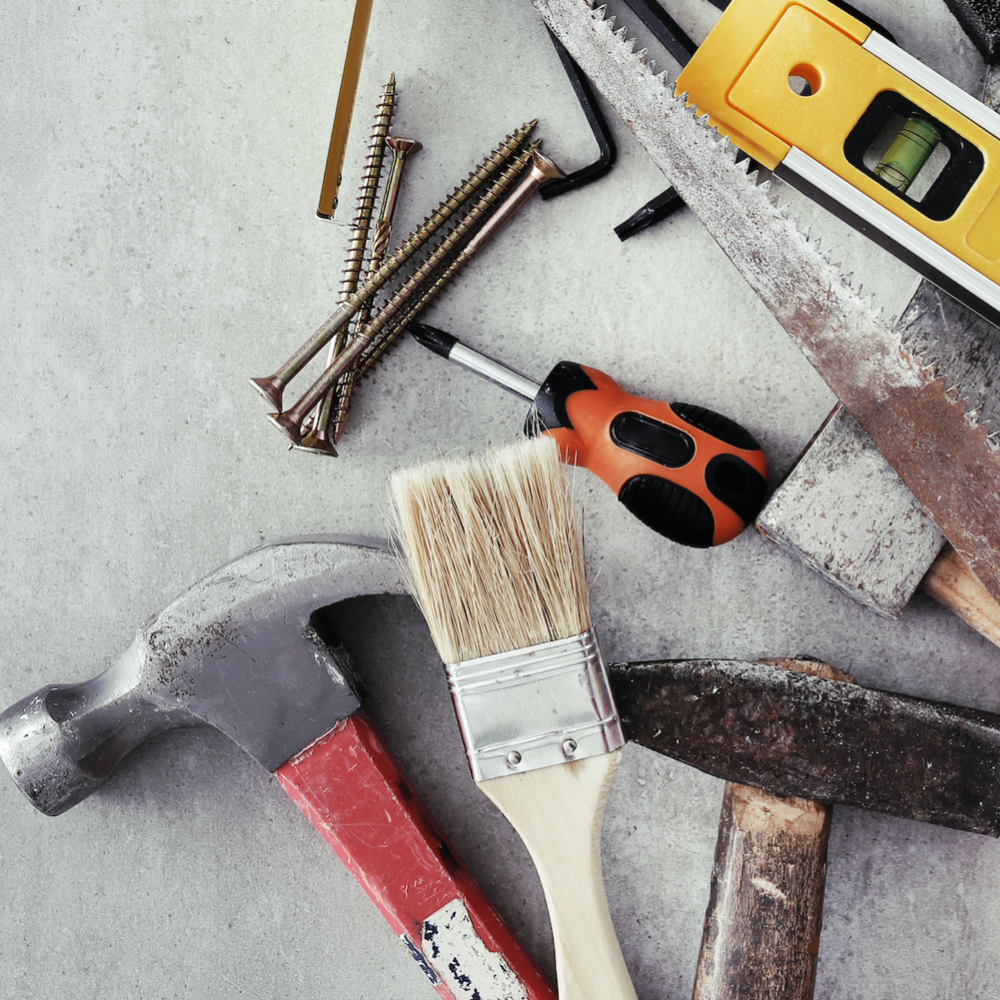
- Events
- Australia Day
- Bastille Day
- Burns Night
- Christmas
- Darts
- Day of the Dead
- Eurovision
- Festivals / Summer
- Halloween
- Halloween Accessories
- Nativity
- Oktoberfest
- Olympics
- Pride
- Red Nose Day
- School Play Costumes
- St Andrew's Day
- St Davids Day
- St Georges / England Supporters
- St Patricks Day
- Six Nations Rugby
- Stag Do
- Summer
- Thanksgiving
- VE Day
- World Book Day
- Adult World Book Day Costumes
- 4th July

- Themes
- Animals
- Around The World
- Book Characters
- British
- Chocolate Factory
- Cops & Robbers
- Cosplay
- DC
- Doctors and Nurses
- Fairytale
- Funny / Novelty
- Gangster
- Harry Potter
- Hawaiian / Summer
- Heroes and Villains
- Historical
- Army, Air Force & Naval
- Mexican Fiesta
- Pick Me Up
- Pink Cowgirl Hat Aesthetic
- Pirates
- Popstars and Celebrities
- Pre Historic
- Religious
- Sexy Costumes
- Sports
- Star Wars
- Steampunk
- Suits
- Tiger King
- TV, Film and Game
- Wild West
- Wizard of Oz
- Wizards & Witches
- 2000s
- 1990s
- 1980s
- 1960s 1970s
- 1950s
- 1940s
- 1920s

- Cosmetics
- Body Crayons
- Eye Liner
- Fabric Paint
- Face & Body Paint
- Face Jewels
- Fake Blood
- FX Fluids
- Glitter Fixatives
- Glitter Gel
- Glitter Shaker
- Hair Colour Spray
- Hair Gel
- Hair Streaks
- Lipgloss
- Lipstick
- Lip Tattoos
- Loose Glitter
- Mascara
- Nail Polish
- Pigment Shakers
- Pro Face Paint Cake Pots
- Scars, Wounds, Prosthetics & FX

- Accessories
- Bandanas & Scarves
- Belts
- Braces
- Capes
- Elf Accessories
- Eye Lashes
- Facial Hair
- Feather Boas
- Glasses
- Gloves
- Guns, Weapons & Swords
- Hats & Headwear
- Hosiery
- Inflatables
- Jewellery
- Masks
- Masquerade Masks
- Nipple Pasties
- Pacifiers
- Props
- Sets & Kits
- Shoe Covers
- Shoes / Boots
- Sleeves
- Teeth
- Ties & Bowties
- Tutus & Underskirts
- Wigs
- Wings & Wands
- Other

- Gifts by Category
- Alternative
- Balloon Dog Sculptures
- Batteries
- Colouring Books
- Decorative Accessories
- Food & Drink
- Fragrance
- Gadgets & Tech
- Gift Sets
- Gifts for the Home
- Homeware
- Jewellery
- Keepsakes
- Knitting Wool
- Life
- Luggage & Suitcases
- Miscellaneous
- Ornaments
- Personalised Gifts
- Puzzle Books
- Puzzles
- Slippers
- Smoking
- Stationery
- Umbrellas
- Vehicle
- Wallets & Purses
- Warmies


-
- Australia Day
- Bastille Day
- Burns Night
- Christmas
- Darts
- Day of the Dead
- Eurovision
- Festivals / Summer
- Halloween
- Halloween Accessories
- Nativity
- Oktoberfest
- Olympics
- Pride
- Red Nose Day
- School Play Costumes
- St Andrew's Day
- St Davids Day
- St Georges / England Supporters
- St Patricks Day
- Six Nations Rugby
- Stag Do
- Summer
- Thanksgiving
- VE Day
- World Book Day
- Adult World Book Day Costumes
- 4th July
-
- Animals
- Around The World
- Book Characters
- British
- Chocolate Factory
- Cops & Robbers
- Cosplay
- DC
- Doctors and Nurses
- Fairytale
- Funny / Novelty
- Gangster
- Harry Potter
- Hawaiian / Summer
- Heroes and Villains
- Historical
- Army, Air Force & Naval
- Mexican Fiesta
- Pick Me Up
- Pink Cowgirl Hat Aesthetic
- Pirates
- Popstars and Celebrities
- Pre Historic
- Religious
- Sexy Costumes
- Sports
- Star Wars
- Steampunk
- Suits
- Tiger King
- TV, Film and Game
- Wild West
- Wizard of Oz
- Wizards & Witches
- 2000s
- 1990s
- 1980s
- 1960s 1970s
- 1950s
- 1940s
- 1920s
-
- Body Crayons
- Eye Liner
- Fabric Paint
- Face & Body Paint
- Face Jewels
- Fake Blood
- FX Fluids
- Glitter Fixatives
- Glitter Gel
- Glitter Shaker
- Hair Colour Spray
- Hair Gel
- Hair Streaks
- Lipgloss
- Lipstick
- Lip Tattoos
- Loose Glitter
- Mascara
- Nail Polish
- Pigment Shakers
- Pro Face Paint Cake Pots
- Scars, Wounds, Prosthetics & FX
-
- Bandanas & Scarves
- Belts
- Braces
- Capes
- Elf Accessories
- Eye Lashes
- Facial Hair
- Feather Boas
- Glasses
- Gloves
- Guns, Weapons & Swords
- Hats & Headwear
- Hosiery
- Inflatables
- Jewellery
- Masks
- Masquerade Masks
- Nipple Pasties
- Pacifiers
- Props
- Sets & Kits
- Shoe Covers
- Shoes / Boots
- Sleeves
- Teeth
- Ties & Bowties
- Tutus & Underskirts
- Wigs
- Wings & Wands
- Other







-
- Alternative
- Balloon Dog Sculptures
- Batteries
- Colouring Books
- Decorative Accessories
- Food & Drink
- Fragrance
- Gadgets & Tech
- Gift Sets
- Gifts for the Home
- Homeware
- Jewellery
- Keepsakes
- Knitting Wool
- Life
- Luggage & Suitcases
- Miscellaneous
- Ornaments
- Personalised Gifts
- Puzzle Books
- Puzzles
- Slippers
- Smoking
- Stationery
- Umbrellas
- Vehicle
- Wallets & Purses
- Warmies

How to Tie Balloons: A Step-by-Step Guide
by Darren Butler
Last updated: Jul 26, 2024

Balloons are a staple at celebrations, parties, and events. Their vibrant colours and cheerful buoyancy bring joy to any occasion. However, to ensure your balloons stay inflated and look their best, it’s essential to master the art of tying them properly. Whether you're preparing for a birthday bash or decorating for a wedding, knowing how to tie balloons correctly will save you time and hassle. In this guide, we’ll walk you through the process of tying balloons in a clear and straightforward manner.
Materials Needed
Before diving into the steps, let’s gather the necessary materials:
- Balloons: Latex or foil balloons, depending on your needs.
- Inflation Device: A manual pump, electric pump, or helium tank. (For helium balloons, you'll need a helium tank; for air-filled balloons, a manual or electric pump works fine.)
- String or Ribbon: To tie around the neck of the balloon for securing it.

Step-by-Step Instructions
1. Inflate the Balloon
- For Air-Filled Balloons: Using a manual or electric pump is often the most efficient method. Insert the nozzle of the pump into the balloon’s opening and begin inflating. Make sure to hold the balloon securely at the neck to avoid it slipping off the nozzle.
- For Helium-Filled Balloons: If you’re using helium, connect the balloon to the helium tank's nozzle. Inflate the balloon to the desired size, but avoid overfilling as this can cause the balloon to pop.
2. Stretch the Balloon
Once the balloon is inflated, give it a gentle stretch. This helps to make the balloon more flexible and less likely to burst when tying. Simply pinch the balloon’s neck and stretch it out a little bit by pulling it gently with your fingers.
3. Pinch the Balloon Neck
Pinch the neck of the balloon firmly to keep the air or helium inside. Hold it tightly with your thumb and forefinger to prevent any air from escaping.
4. Create a Knot
With the balloon's neck pinched, use your other hand to form a loop with the balloon’s neck. Bring the end of the neck around the loop, ensuring it’s snug against the balloon. Pull the end of the neck through the loop you've just created. This action will form a knot.
Make sure to pull the knot tightly to ensure it’s secure. If the knot is loose, the balloon may deflate over time or the knot may come undone.

5. Trim Excess Balloon Neck
Once the knot is securely tied, you may have a bit of excess balloon neck sticking out. Use scissors to trim off any excess material if desired. This will give your balloon a neater appearance, especially if you’re using them for decorations.
6. Attach String or Ribbon
To make your balloon easier to handle and display, attach a string or ribbon. Simply tie one end of the string around the knot you made. If you’re using ribbon, you might want to double knot it to ensure it stays in place. For added decoration, consider using ribbon in coordinating colours or patterns that match your event's theme.
7. Handle and Display
Your balloon is now ready to be displayed. Handle it gently to avoid popping. For helium balloons, consider using balloon weights to keep them anchored down, especially if you’re using them in an outdoor setting. If you're creating balloon arrangements or centrepieces, think about how you’ll group or arrange them to complement your decor.

Tips for Successful Balloon Tying
- Choose the Right Size Balloon: Make sure to use the appropriate size of balloons for your event. Larger balloons may require more care when inflating and tying.
- Avoid Overinflation: Overinflating can cause the balloon to burst. Aim for a comfortable size, with a little room for the balloon to expand.
- Work in a Well-Ventilated Area: When working with helium, ensure that your workspace is well-ventilated. Helium can displace oxygen, so it's important to have fresh air circulating.
Troubleshooting Common Issues
- Balloon Pops While Tying: This can occur if the balloon is overinflated or if there’s a defect in the balloon. Make sure to inspect each balloon before inflation and avoid stretching them too much.
- Balloon Deflates Quickly: If a balloon deflates soon after being tied, the knot may not be secure or the balloon could be of poor quality. Check your knot and try a different balloon if necessary.
- Helium Balloons Sink: If helium balloons are sinking, they may be under-inflated or the helium might be leaking. Check the knot and ensure that the balloon is fully inflated.

Conclusion
Tying balloons might seem like a small task, but it’s an essential skill for creating the perfect party atmosphere. With these simple steps, you’ll be able to inflate and tie balloons with confidence, ensuring that your decorations are as delightful as they are functional. Remember to handle your balloons with care and enjoy the festive spirit they bring to your event!
Happy balloon tying, and here’s to many beautifully decorated celebrations!
- Menu
- Fancy Dress
- Electronics & Gaming
- Clothing
- Pet Products
- Garden
- Tools & DIY
- Home & Leisure
- Gifting & Parties
- Toys
- Information
- About Us
- Become a seller
- Affiliate Programme
- Frequently Asked Questions
- Returns and Refunds
- Terms And Conditions
- Privacy Policy
- View our blog
- Featured
- View more
- Customer Care
- [email protected]
- +44 (0) 1702 617821
- ILFD Group Ltd T/A Cazaar®
- Company Number: 07034824







































































